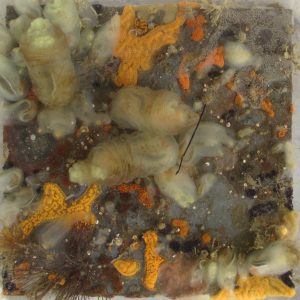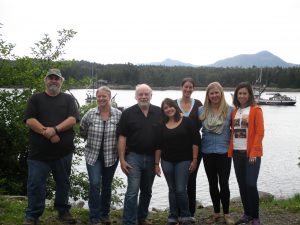BioVision: Biogeographic Variation in Interaction Strength and Invasions at the Ocean’s Nearshore

Global patterns of biodiversity demonstrate that most of the species on earth occur in the tropics, with strikingly fewer species occurring in higher-latitude regions. Biologists predict that this global pattern of species diversity is likely shaped by ecological species interactions. Yet few detailed experimental data exist that demonstrate how species interactions influence ecological communities from the tropics to the arctic. Furthermore, these species interactions have the strong potential to limit biological invasions by non-native species, which are often transported by human activities that breach historical dispersal barriers, such as ocean basins and continents. Biological invasions can cause undesired ecological and economic effects and are considered one of the primary drivers of global change. Through extensive field research on marine ecosystems along the Pacific Coast of North and Central America, from the tropics to the subarctic, this project is elucidating ecological factors that shape global patterns of diversity and limit biological invasions.
 Dr. Amy Freestone, alongside scientists at the Smithsonian Institution, are leading a research team composed over over 30 scientists and students across three countries and five institutions, to address these research questions. All current Freestone lab members are actively contributing to this effort.
Dr. Amy Freestone, alongside scientists at the Smithsonian Institution, are leading a research team composed over over 30 scientists and students across three countries and five institutions, to address these research questions. All current Freestone lab members are actively contributing to this effort.
 The research team is also promoting awareness of marine and invasion ecology through a suite of activities, including outreach and educational activities for school children and young adults in Philadelphia, Alaska and Panama. Information that can be applied to management of non-native species will be disseminated to a wide diversity of US and international stakeholders.
The research team is also promoting awareness of marine and invasion ecology through a suite of activities, including outreach and educational activities for school children and young adults in Philadelphia, Alaska and Panama. Information that can be applied to management of non-native species will be disseminated to a wide diversity of US and international stakeholders.